For my entire professional career, I have been known for vibrant, colorful, “fairy” pictures. Or if you’re familiar with my macro work, you will see that I stick to vivid, flowing close-ups. Not black-and-white, not city photography, not architecture.
But recently, I took my first-ever trip to New York City to teach a few classes, and I decided it was the perfect chance to challenge myself with some black and white city street photography with the smallest SIGMA I series lenses available. I feel like as an artist it’s important to get out of your comfort zone and try something that you wouldn’t normally do. I admit that I don’t challenge myself in this respect enough. It’s so easy to stick with what you’re familiar with. So I was determined to do this when I had the opportunity.
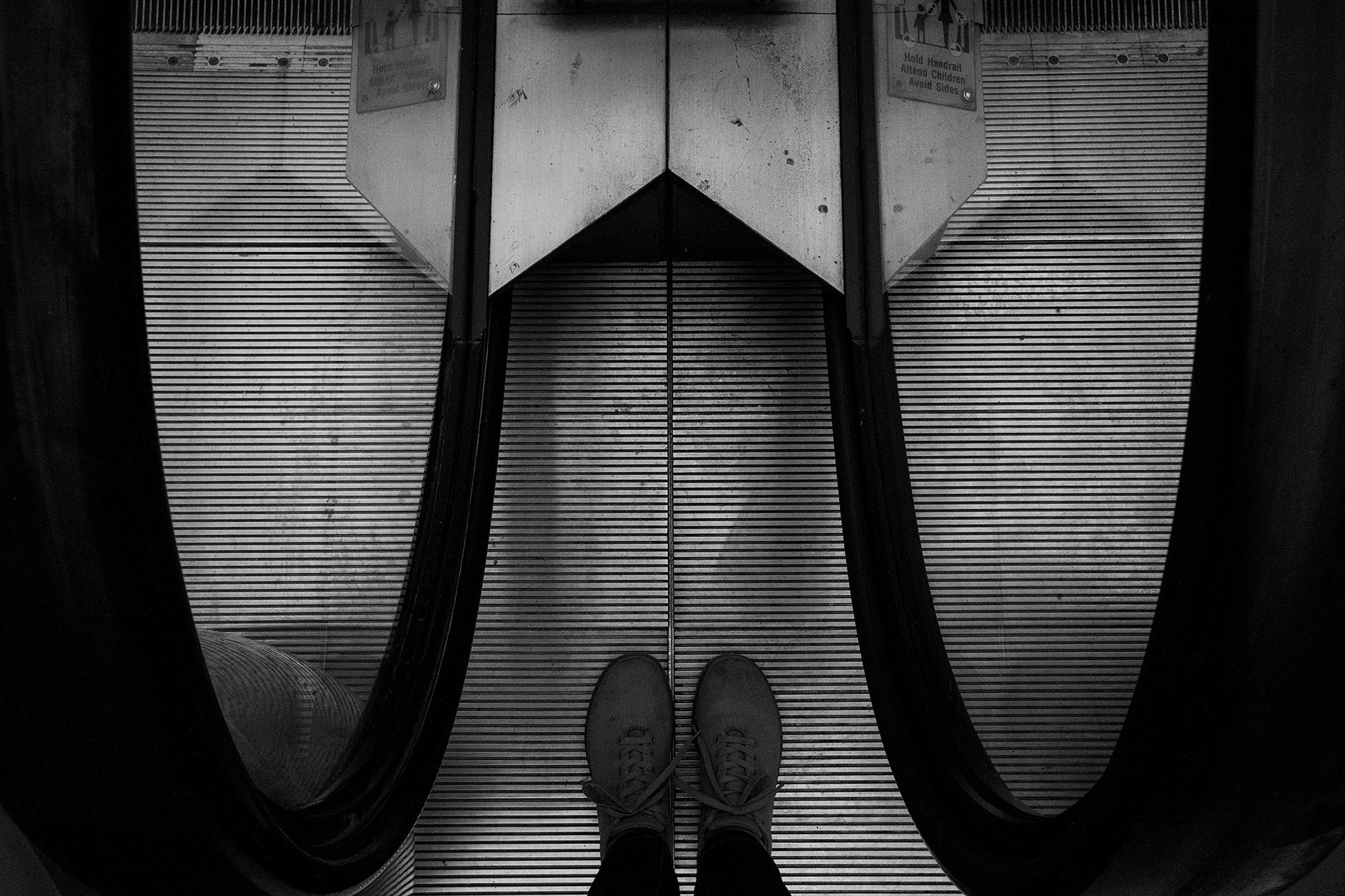
Getting familiar with new surroundings
I don’t live in a big city (Atlanta is the closest at about two hours away from me), my house is surrounded by farms, and I am certainly not a city person. My photography style is heavily inspired by nature, and this is where I feel most at home. So when I first arrived in NYC, whew, was I ever out of my element!
I took a walk with the SIGMA 24mm F3.5 DG DN | Contemporary, 45mm F2.8 DG DN | Contemporary, and 90mm F2.8 DG DN | Contemporary. I use a Spider Holster, so I took that and a medium lens bag and my Sony A7R IV out on the town on an icky, overcast day. I put one lens on the camera and stacked the other two on top of each other in the lens bag to carry on my belt (which SIGMA does not recommend but I did it anyway). I felt like a country bumpkin out seeing the big city, gawking at all the buildings and being a photo-tourist. But I knew that with the SIGMA I series lenses, I could easily explore unfamiliar surroundings and use a variety of focal lengths to capture details from different perspectives, with great results, even when the lighting wasn’t ideal.
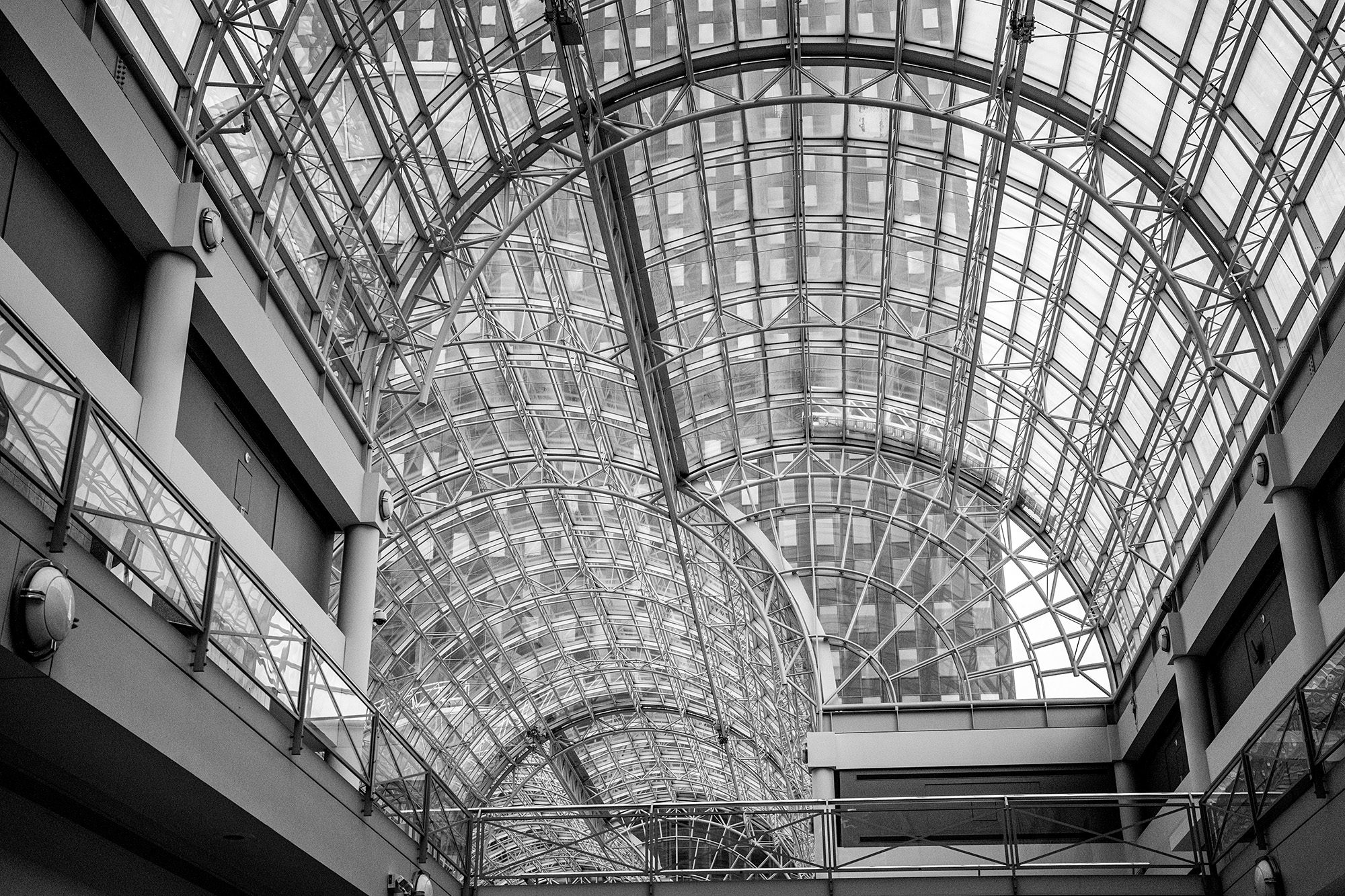
At first, I admit that I struggled. How was I supposed to know what to take pictures of, what would look good in black and white, and what lens to use for each image? I know that “seeing” things for black and white is certainly not the same as seeing things for color photography, so I actually changed my camera to monochrome in the menu settings and viewed my surroundings through the rear screen. I also turned my ISO up pretty high for most situations, giving me that grainy “film” vibe and flexibility in low light. These steps helped a lot, and allowed me to focus on what the light was doing and what I thought made great photos.
But what makes for great photos? I ran into the same problem lots of people have in my macro photography classes… what is my subject? I think you’ll see from these photos that I didn’t go for the usual “street photography” with street musicians, tourist traps and graffiti. I couldn’t find any, actually. I did get quite a shock from a man on a corner in Cleveland who was sans apparel, but I opted not to take a picture of that.
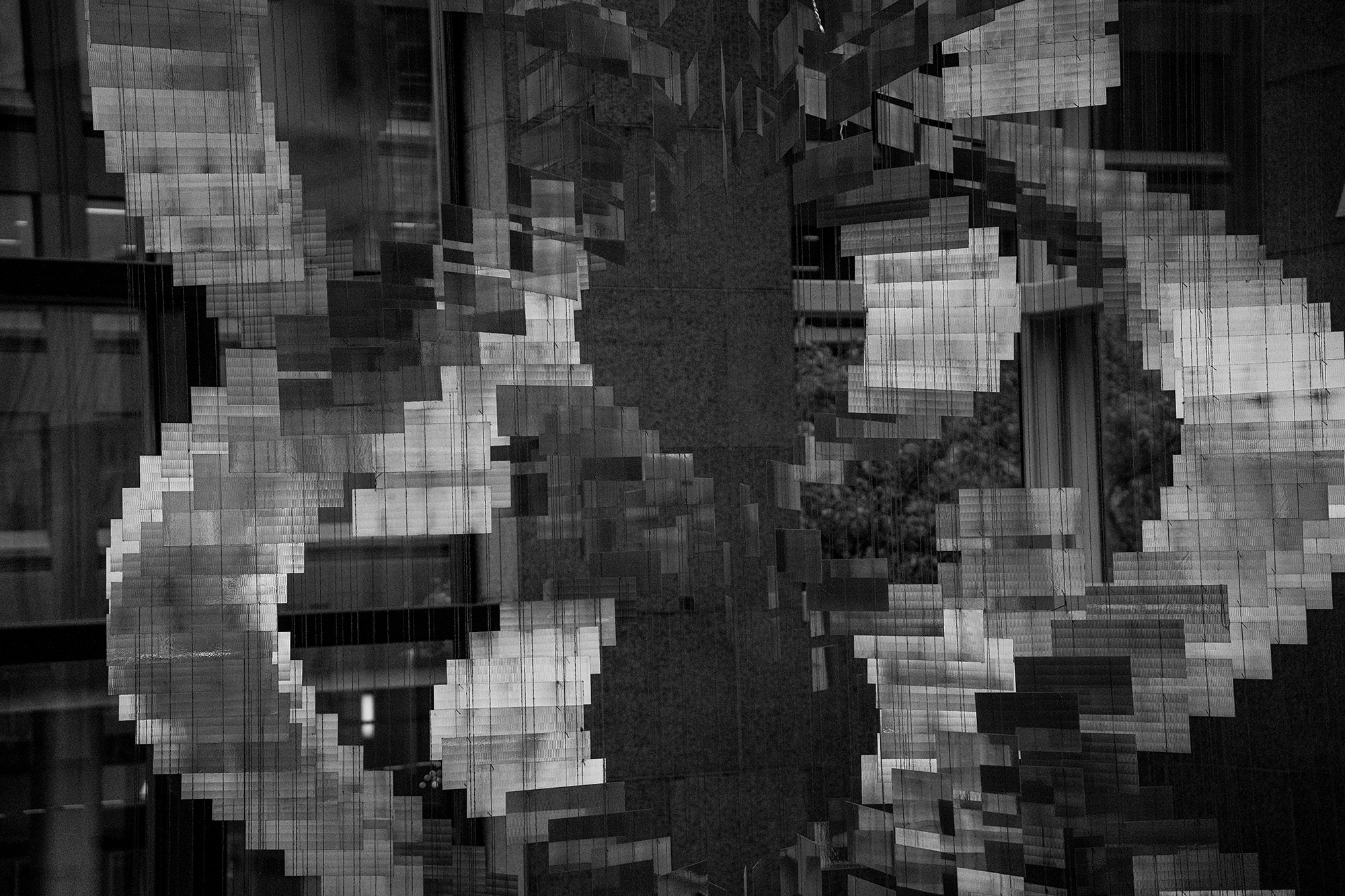
I’m also a 6-foot redhead and so I tend to be a bit… noticeable. I didn’t want to draw attention and possible confrontation to myself by doing city people street portraits, so my images ended up more about shapes and composition instead. I had to put on my “everyday things can be beautiful” hat to see past the mundane. In fact, a lot of my images came from an empty shopping mall that had been shut down due to Covid. Everything was bare and it was a ghost town in there. It was a sobering feeling and the experience lent itself to black and white very well.

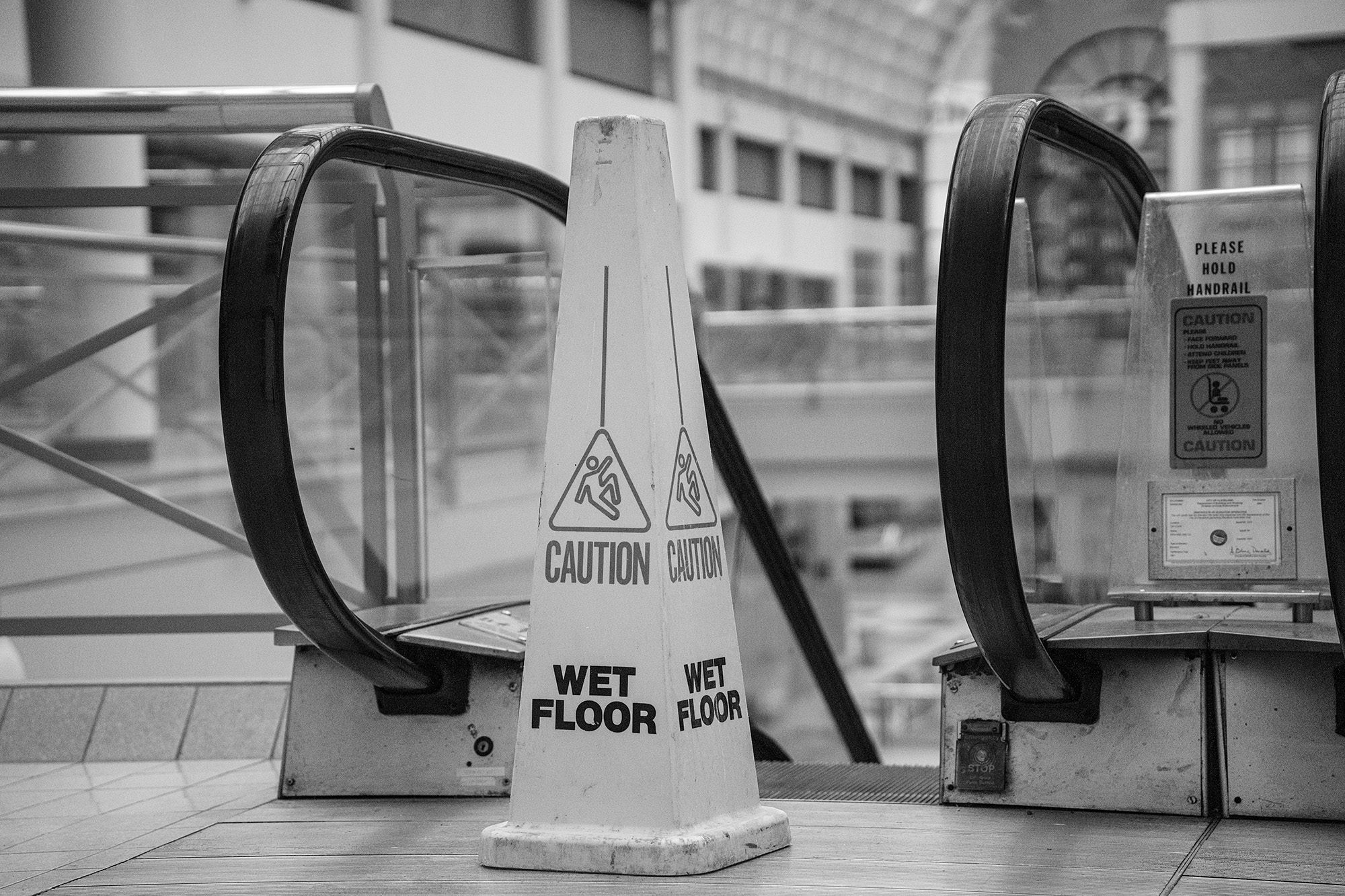
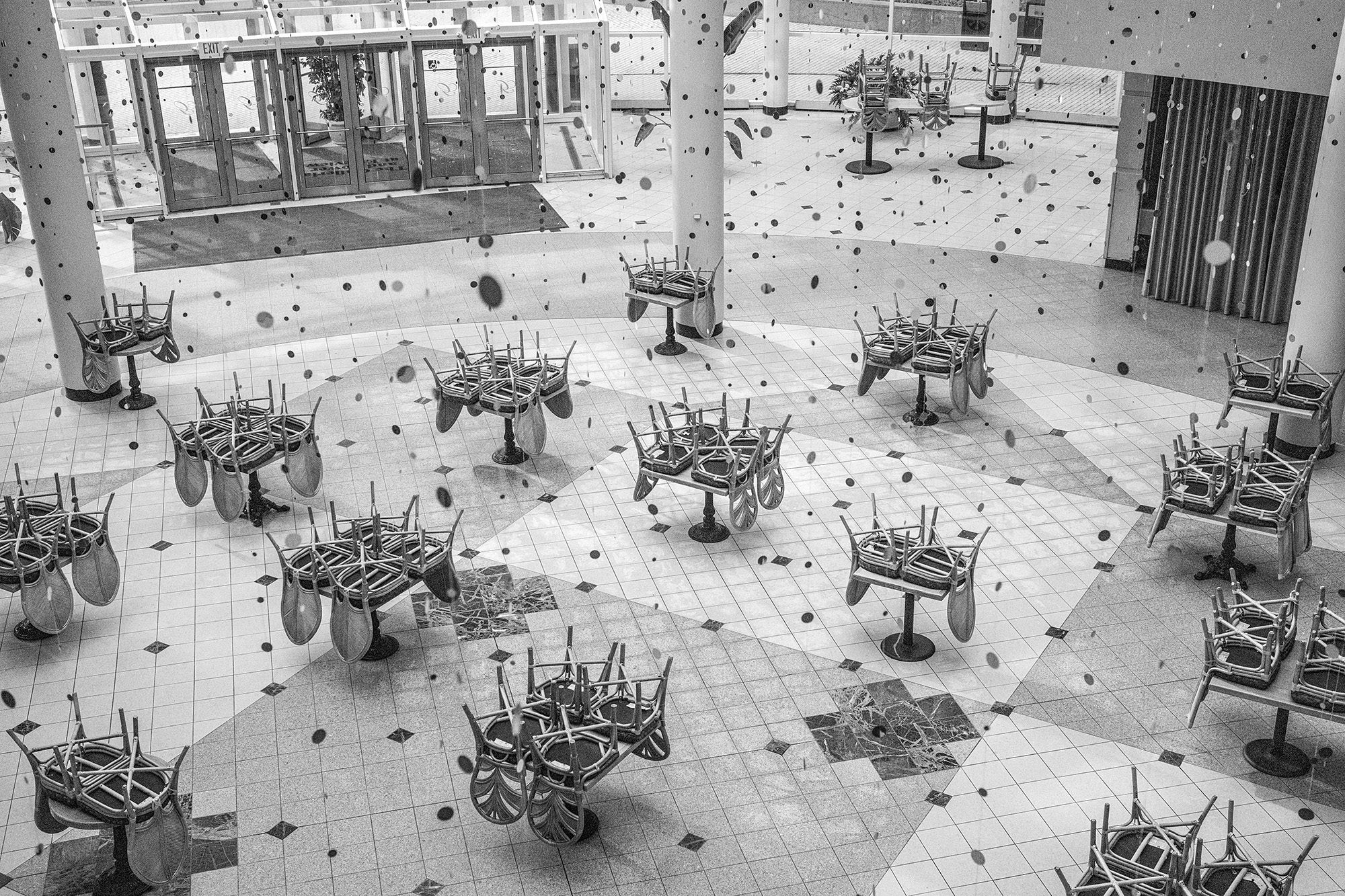
As I began shooting, the lens selection sorted itself out quickly because each lens is made to do different things:
24mm F3.5 DG DN | Contemporary
For me, the 24mm F3.5 DG DN | C was the most surprising lens I used. Of course it provides a wide view of the scene, wider than your own eye can see. So I found myself just putting it on to look around and see ALL of a scene, then putting on another lens to get a similar shot of some smaller part of what I had seen in that image.
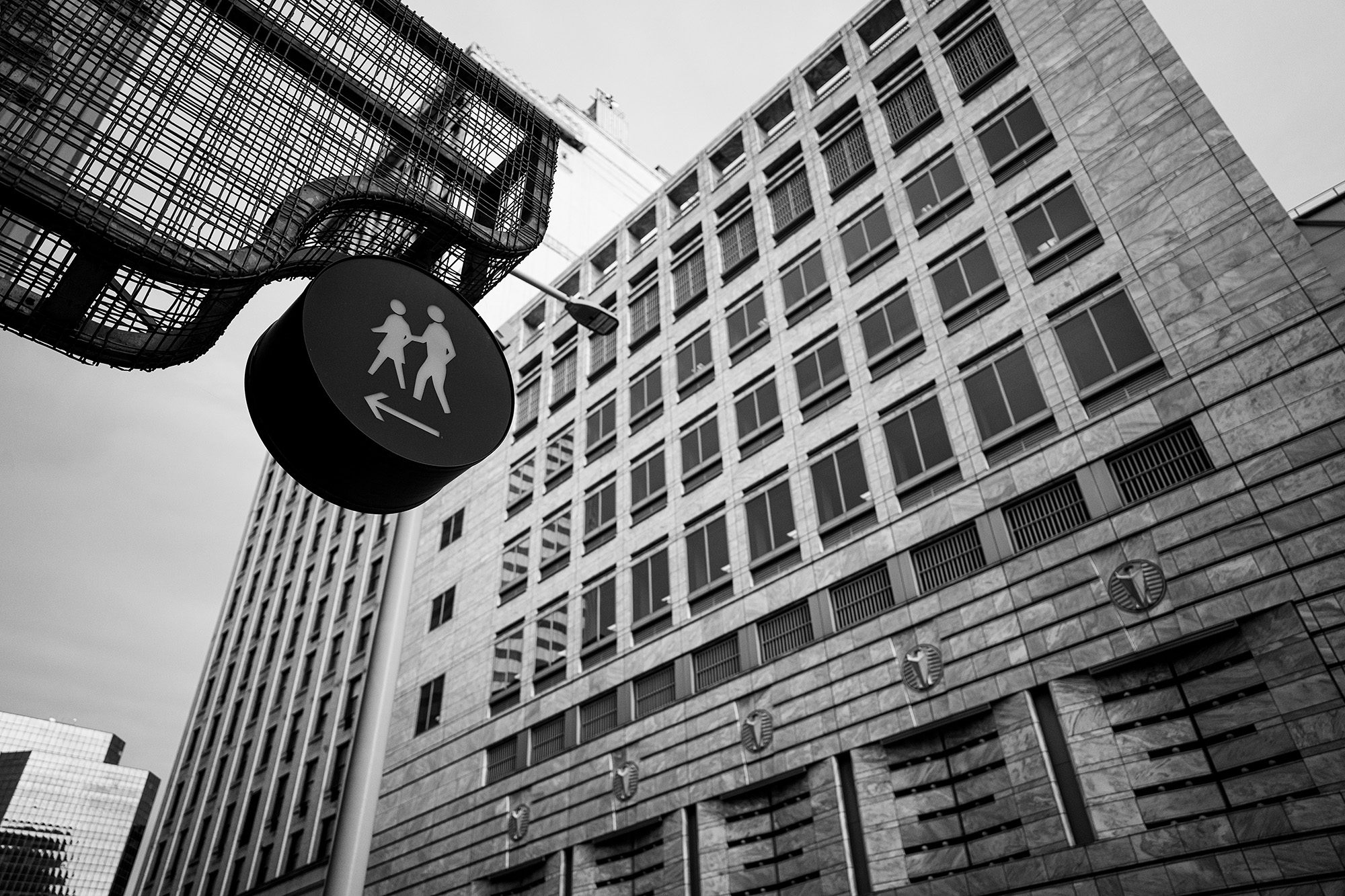
There was a really neat hanging wire art piece in one of the buildings I went into, and with the 24mm, I was able to stand directly under it and shoot upwards without having to lay on the nasty floors. I feel like this lens would be the most typical “city lens” that most people would consider when shooting architecture or interiors.
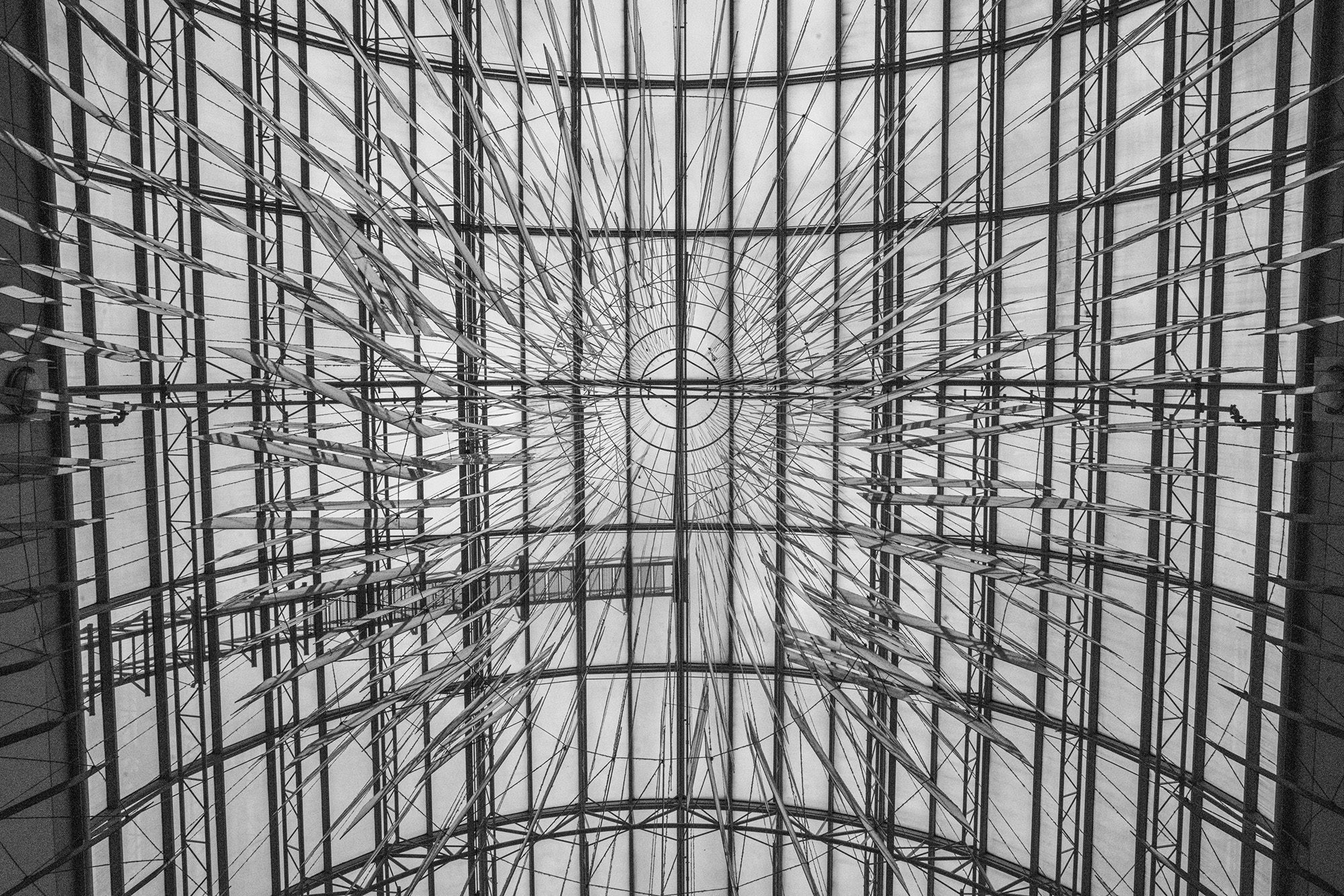
I was also surprised that it focuses so close. I ended up doing a few plant portraits with it, too. There I was, surrounded by majestic skyscrapers and cool architecture, and I’m crouched down in front of a streetside planter. I guess you can take the girl out of the macro, but you can’t take the macro out of the girl.
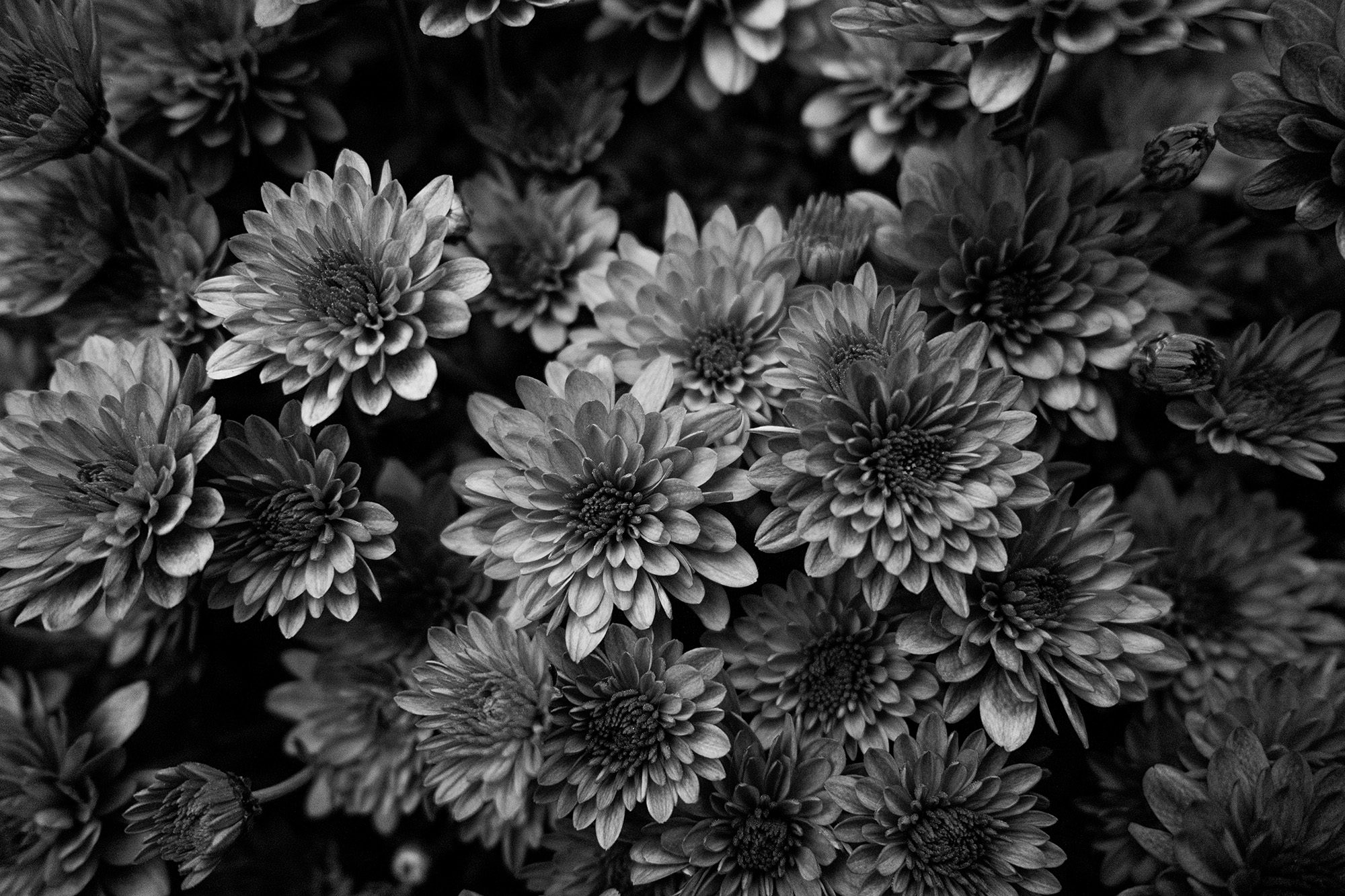
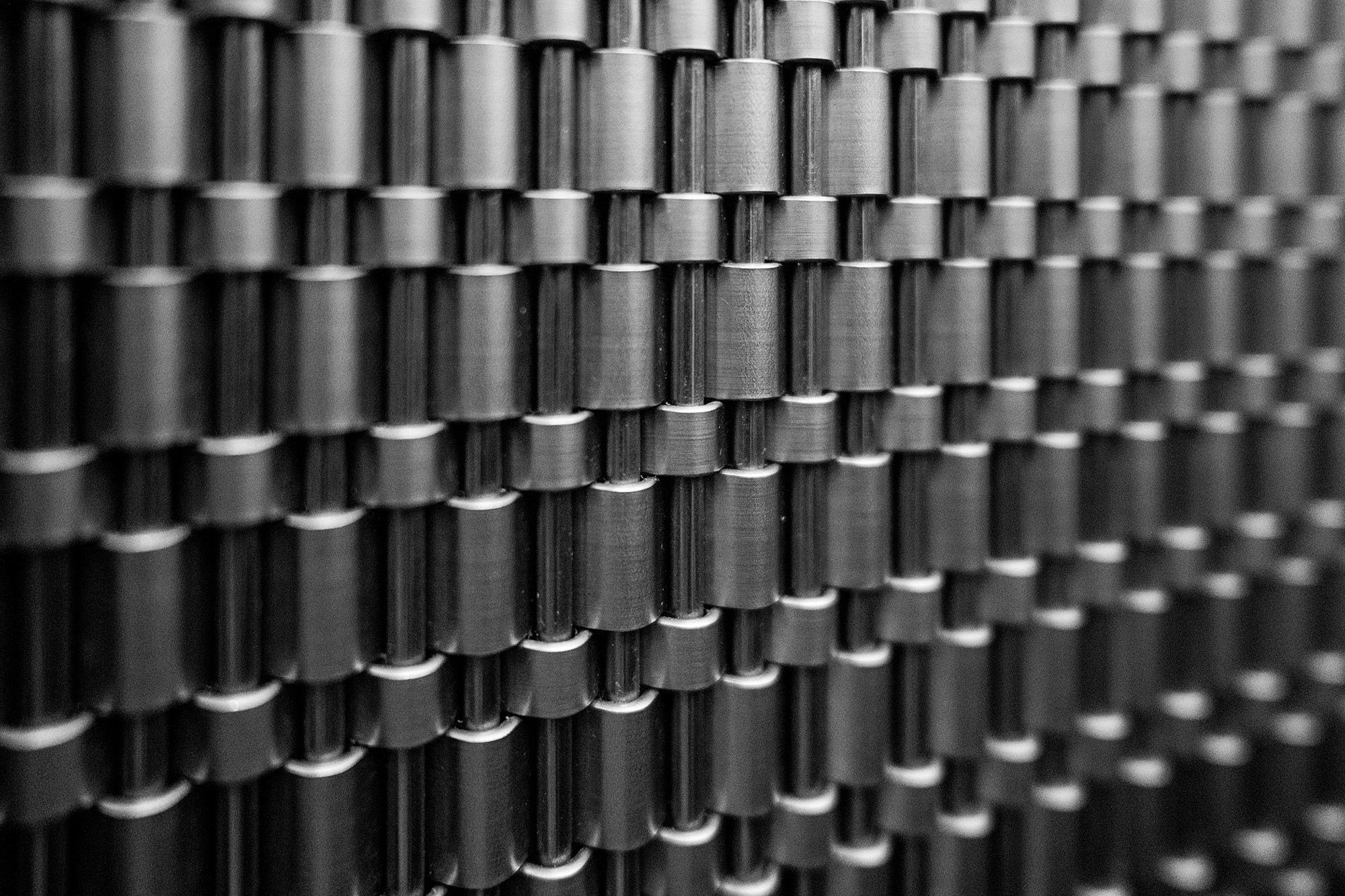
45mm F2.8 DG DN | Contemporary
The 45mm F2.8 DG DN | C lens was, I think, the easiest to work with. The angle of view is closest to what the human eye sees, so it was easy to think about shots in my mind’s eye, then hold up the camera and click a photo. So for this reason, it has a lot of versatility.
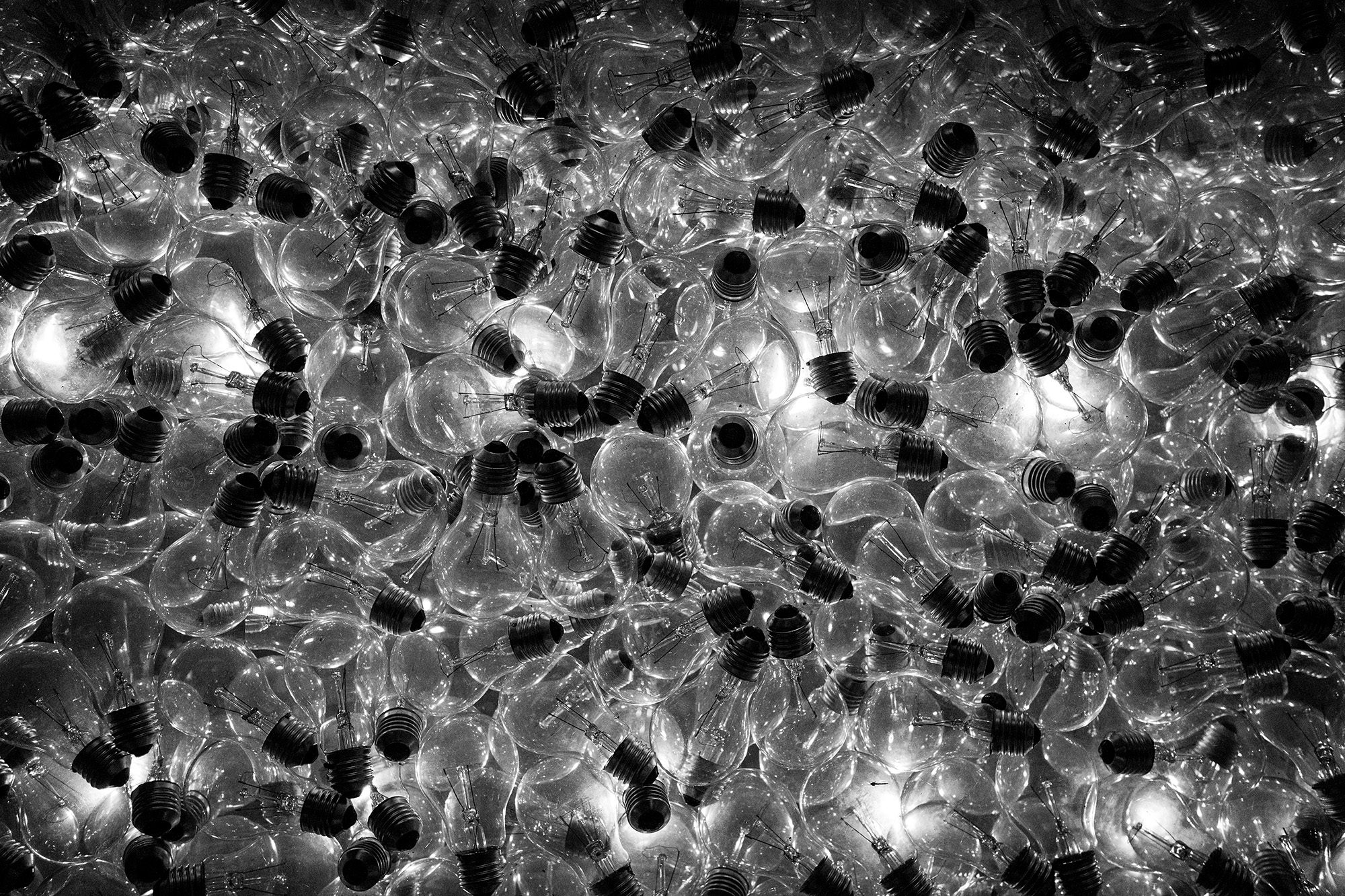
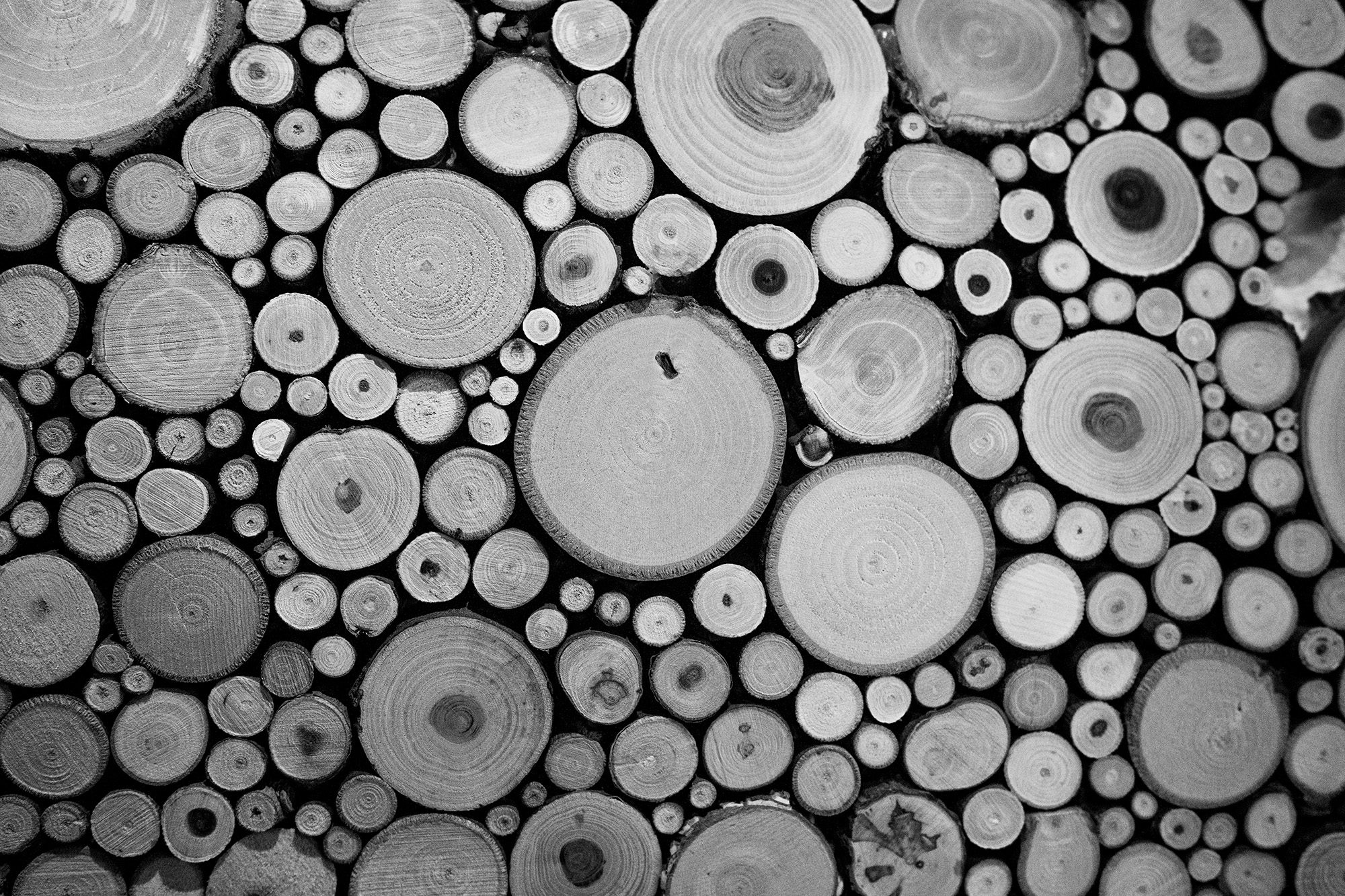
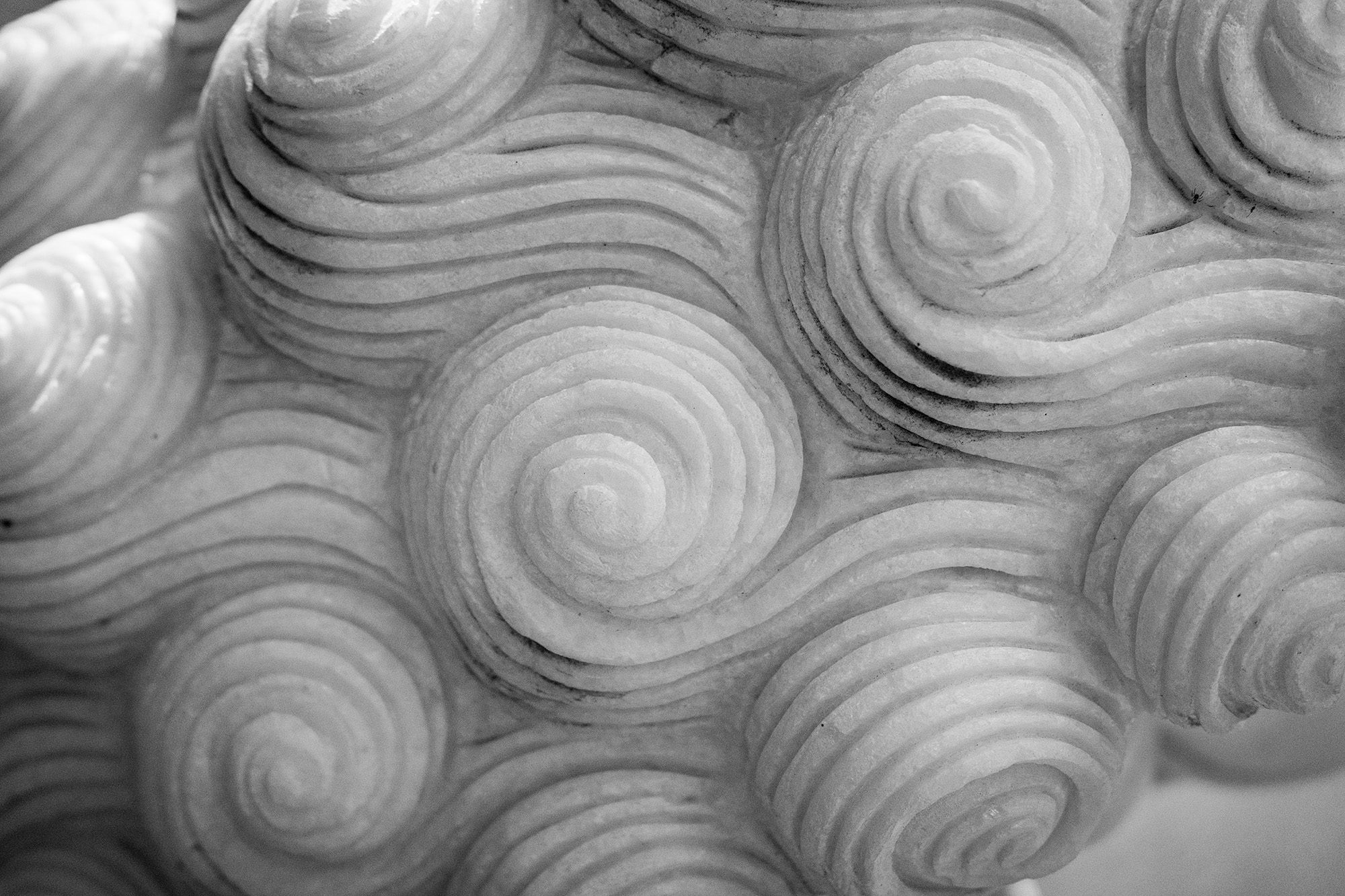
The 45mm is also my go-to lens for a few of my regular portrait poses, so I am pretty familiar with it. It was the most helpful when allowing me to “see” the shapes for black and whites. It is a simple lens, very straightforward, but that’s what makes it amazing. I also tend not to crop in post if I can help it, and this is certainly a “what you see is what you get” type of lens.
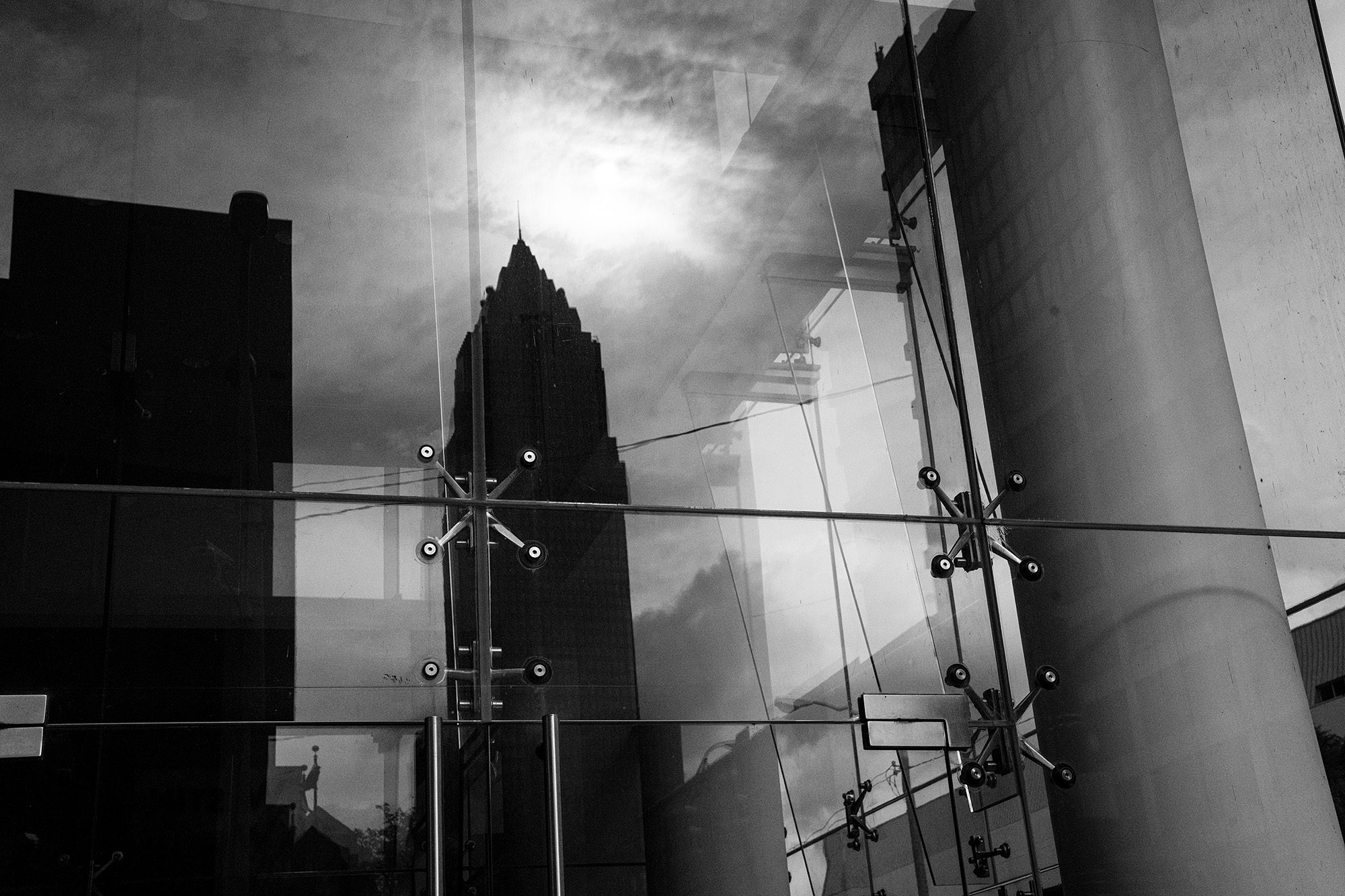

90mm F2.8 DG DN | Contemporary
The 90mm F2.8 DG DN | C was also a surprise, actually. I never really thought I’d use a 90mm much for city scenes, but that wasn’t the case at all. It’s a portrait length lens, but that’s what makes it magic in the city. It’s not too long, so it doesn’t eliminate too much of the frame, but it’s not too wide either, so you can focus on what you really want to emphasize in the frame.

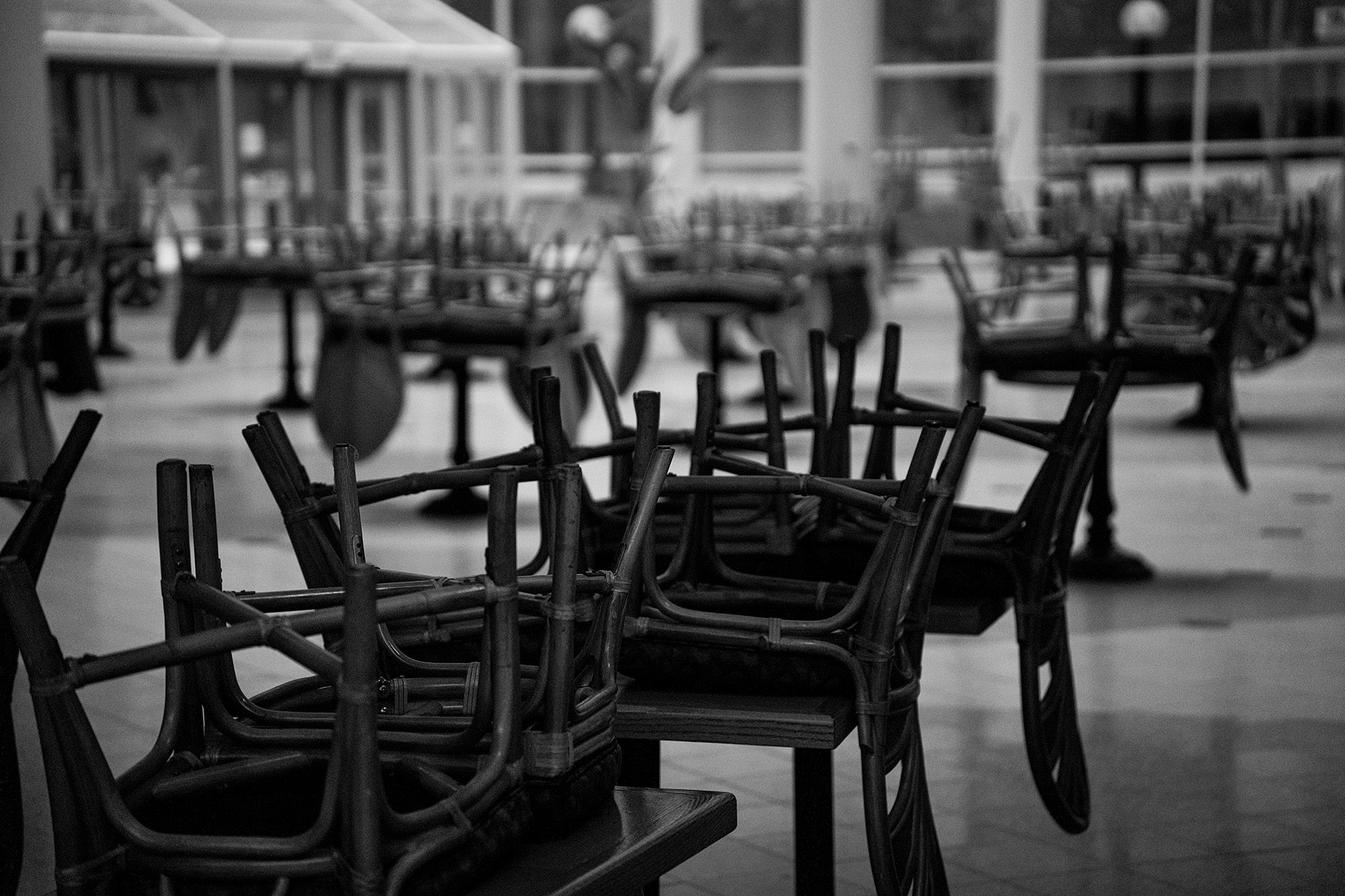
Of the three lenses I carried, the 90mm also has the most prominent bokeh, which can help separate your chosen subject from the rest of the image. That’s harder to do with a wider lens. I found myself intentionally looking for things that would highlight the bokeh this lens was capable of, which added a nice variety to my final photo set.
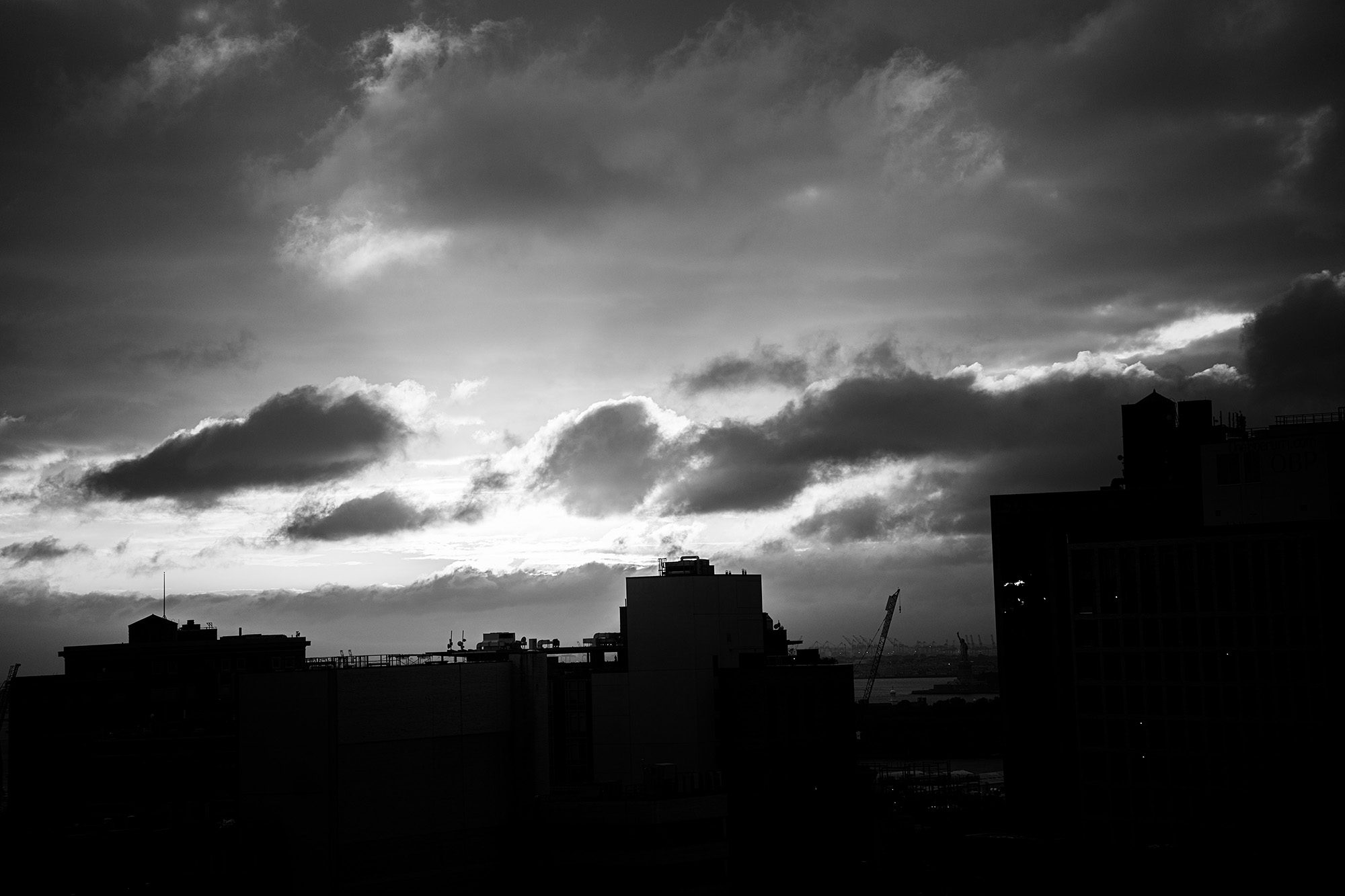
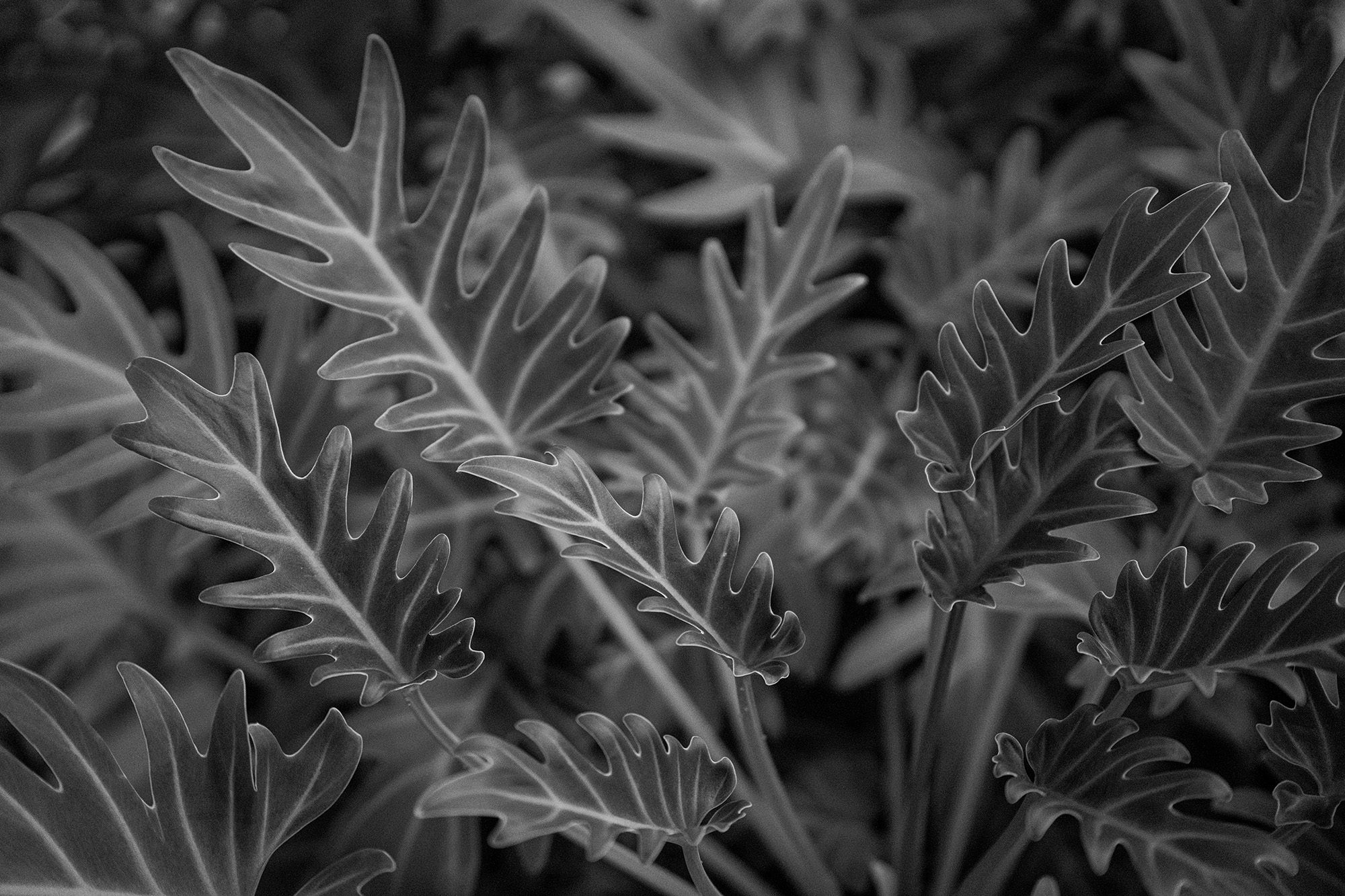
My perspective on the SIGMA I series’ smallest lenses
Even though I didn’t use these for “people” street photography this time, I think these lenses would have been amazing for that purpose because they’re just so small on the camera! Instead of a giant zoom lens, these lenses on the SIGMA fp L would almost pass for a point-and-shoot camera to the casual observer, so they wouldn’t draw much attention if you did want to shoot discreetly.

I also think these lenses in particular are about the best possible travel lenses out there. They are tiny individually, but even together they take up almost no space in a bag or purse. They would all three fit easily into a pocket of my husband’s favorite cargo shorts. They’re light too. I carried all three around for about 5 hours without issue.
All of the SIGMA I series lenses are fully metal construction, which is my favorite thing about them. Not only does that mean they’re durable (I am pretty rough on my photo gear), but they just feel nicer in your hands, too. It’s hard to understand until you use one. They don’t feel like a cheapy plastic sad thing that’ll break as soon as you look at it, they feel like they can take a beating for decades and still make glorious images. As an added bonus, they have this retro sharp look to them that makes me feel snazzy when I have one out.
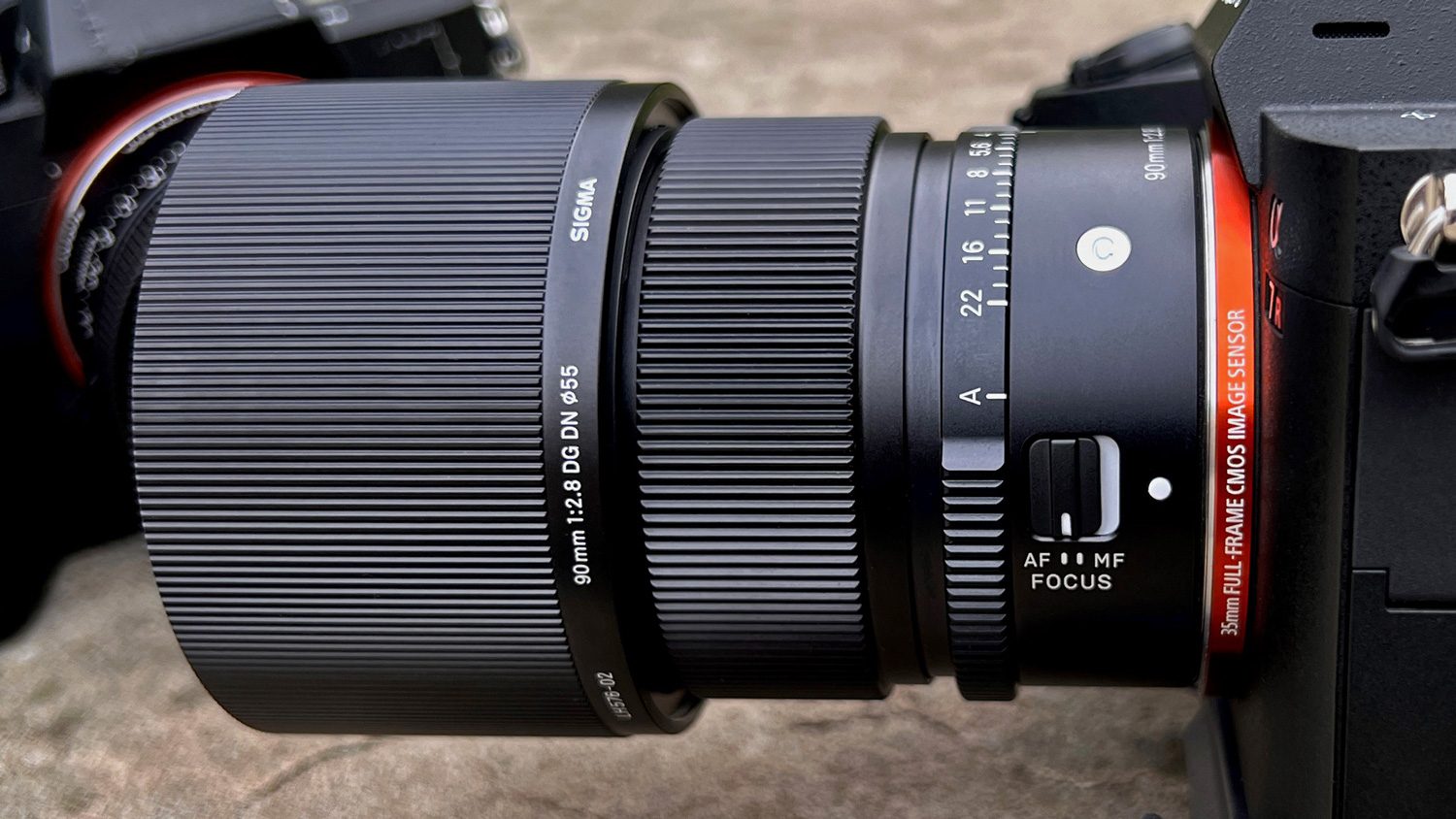
All the tiny size and cute looks won’t get you anywhere if the images suffer, but that’s so not the case here! Each of the I series lenses is quick to focus, super sharp, and have amazing image quality. Each of them works beautifully with the eye autofocus in my Sony camera as well. The clicky f-stop ring on the lenses is a joy to use, and the magnetic lens caps (available on all but the 45mm) are so wonderful.
Overall thoughts
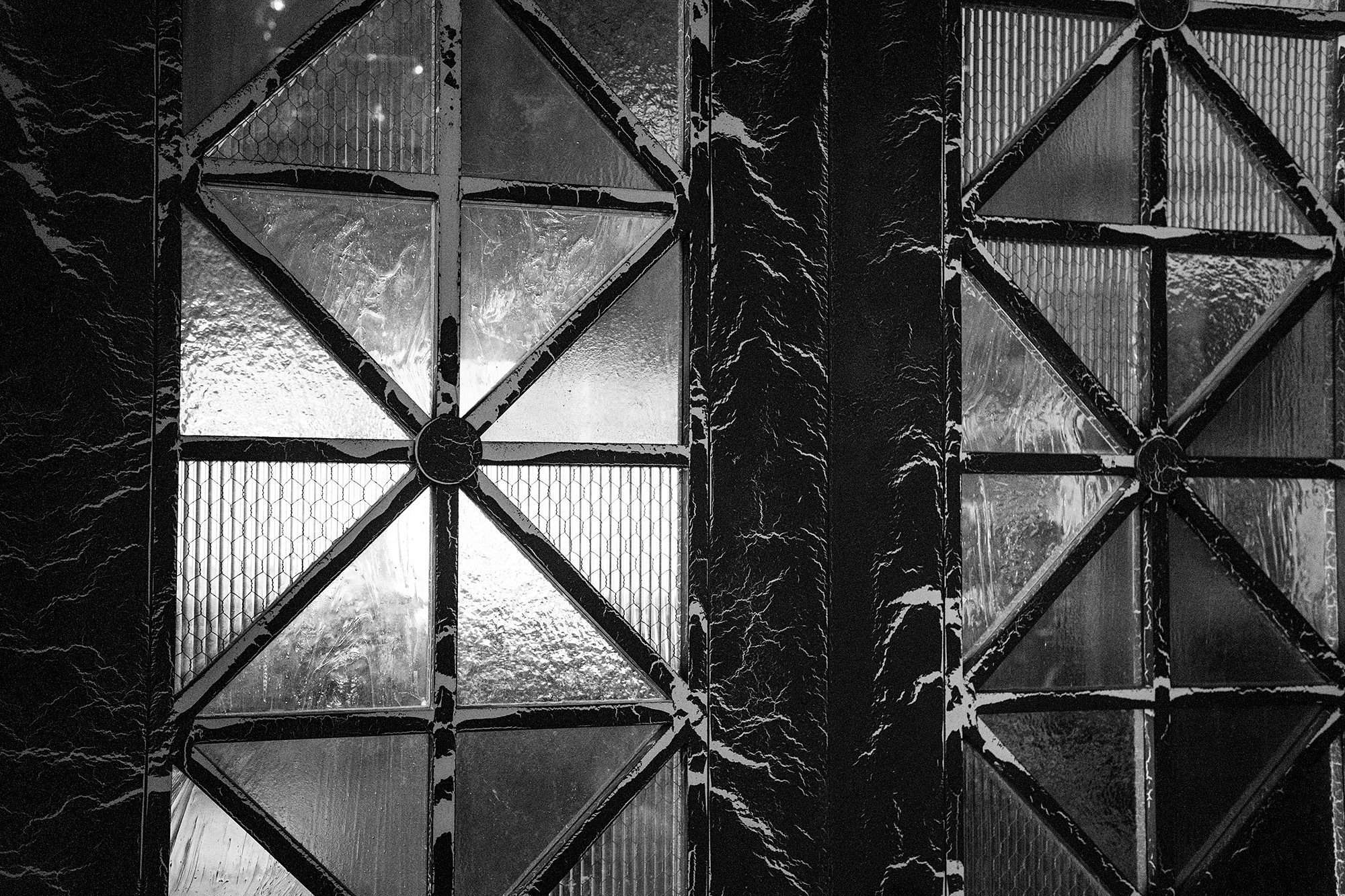
Even though I am not a black and white city photographer, the SIGMA I series lenses, especially this trio of ultra-compact primes, make it super easy to get good pictures even when you don’t know what you’re doing. I loved carrying them around the city, and they would be perfect lenses for just about any aspect of city life. The lightweight, easy-to-toss-in-a-bag size is a must for any travel photographer.
Have you used them on the city streets? What did you think?


First you did a great job with these lenses, bravo.
I really like the rendering I’m getting with the Sigma i series lenses. I have been using them for live music videography and photography on my Sony a7siii. I have some Sony G and G Master lenses the 20 f/1.8 , 24 f/1.4 and 35 f/1.4 .
Then I purchased the Sigma 65mm i Series and fell in love with it . The fov, how it is so sharpe even to the edges and still has its own rendering quality that I’ve yet to put a finger on .
I needed a lens in the 85-100mm range . I looked and looked . I decided I liked the Sigma 85mm dg dn f/1.4 . Love it’s rendering and it’s a nice size for an f/1.4 .
Then the Sigma 90mm I came out and I loved how it renders lights and reflections in the bokeh. Realized this was the same characteristic of the 65mm too.
So between 5 different lenses I was looking at I went for the 90mm f/2.8 i by Sigma .
What did they do but come out with a 24 and a 20 with the same rendering. Such a beautiful look I cannot replicate with the Sony lenses. Those are great lenses in what they do for sure but lacking character. They render light sources pretty ugly and odd on my videos.
As a matter of fact the Sony 24mm f/1.4 G Master has been my go to on my gimbal for stage work. Before that I had been using the Sigma Art 28mm and the Sigma Art 18-35 on my Nikon dslrs.
Using the Sony 20-24 and 35 on the gimbal I don’t get the “look” kind of filmic look I like. So I went a purchased the Sigma 28mm Art for the Sony a7siii and gimbal. I’ve also been using it a lot for photos and interviews along with the Sigma 40mm Art .
Thanks Sigma , big fan of your company.
Many , most of my live music shows have at least one usually more Sigma lenses used .
We are on tv and have a YouTube channel called Small Batch Sessions and love the character the Sigma lenses bring to our “look”
Troy